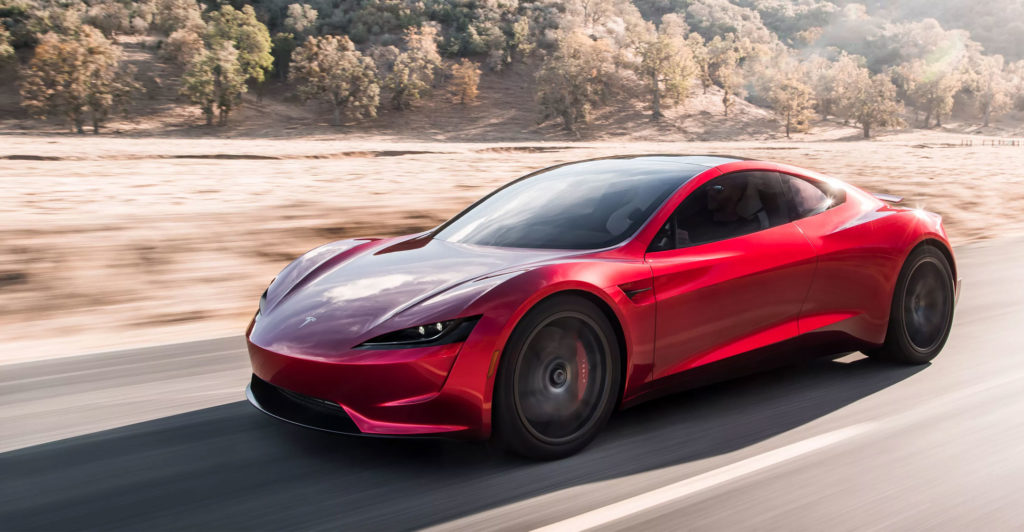
Paul Nolte would never dream of plugging a stock like Tesla into a client portfolio at his advisory firm, Kingsview Wealth Management in Chicago. Too volatile. But a bearish options flier for his own account after the thing more than doubled in two months? Maybe.
The 34-year money management veteran had been noticing double-digit price gaps that he considers hallmarks of shorts getting squeezed. When the forced buying was over, he figured, support would vanish and the shares would plunge. So he teed up US$10 000 worth of puts and waited. And watched. And waited. And thought about it. In the end, he couldn’t pull the trigger.
“I was playing with fire,” Nolte said by phone. “I’m better off going to a casino and putting it on black. $10 000 can go to zero really fast.”
All week Tesla’s been doing that, tempting and taunting the pros, lighting up brokerage phone lines and getting blood pumping like no time since 1999. If the poster children for the market’s plodding march since 2009 were Apple and Netflix, Elon Musk’s bear-burner has become the standard bearer for what some now expect to be its last and looniest leg.
With the stock spiking from $650 to $950 on Monday and Tuesday, Chris Brown, a Tesla short, barely slept. Lunch with colleagues was cancelled and breakfast didn’t come till 2pm. He thought about buying the stock after the shares breached a chart line at the end of last week, and selling it Monday — but decided against it. “It was discordant with my fundamental belief.”
Different
“When something is going on that is this big and this organised, you sit and watch,” Brown, managing member at Aristides Capital in Toledo, Ohio, said by phone, describing his actions on Monday. “I stared at my computer non-stop, all day.”
Tuesday was different. Brown bought a call spread and a few bearish options, priced about half as much as ones betting the rally would keep going. That was the day Tesla plunged 14% into the close. The price of the put contract Brown eyed went from $9 to $12 by the time his order was filled, before soaring to $84. “We ended up making money.”
Few were closer to the centre of the storm than Dan Ives, a managing director at Wedbush, whose once-bullish price targets were overtaken as Tesla vaulted over $700, $800, $900 in two days. At least 100 investors have called him looking for an edge on a stock that at peak frenzy made bitcoin feel like a toothpaste maker in terms of buying pressure.
 What was it like? “Newark Airport,” Ives said. “The chaos around the stock this week was like being in Newark Airport on a Friday night.”
What was it like? “Newark Airport,” Ives said. “The chaos around the stock this week was like being in Newark Airport on a Friday night.”
Almost $170-billion worth of Tesla shares have traded in five days, three times as much as Apple and five times as much as Microsoft. The stock’s 20-day volatility is nearly twice that of the next bounciest name in the Nasdaq 100, Biogen, which soared 26% this week. Three-quarters of a million trades have been executed since Monday, seven times the number in Boeing.
“We’re talking about one of the more historic moves in a stock that’s happened over the last decade,” Ives said. “It’s caught the Street by surprise, which is very rare in a market where information is well known within two seconds of coming out. It’s been out of a Stephen King movie.”
Brian Frank sees it differently: Tesla as a harbinger of long-overdue doom, the beginning of the end to the buy-everything ethic that has been making his life miserable as a value investor.
Bitcoin is the only other asset that has elicited as many calls, Frank said, maybe 5% of his clients have phoned about Tesla. Those all stopped when the shares rolled over on Wednesday, giving up 17%.
“That it can happen with something as big and as visible as Tesla gives me hope that it’s clear there are bubbles out there,” said Frank, president at Frank Capital Partners in Key Biscayne, Florida. “This is an over-$100-billion company that’s clearly in the old Eiffel Tower pattern, exactly like bitcoin. And many other bubbles look like that, too.” — Reported by Elena Popina and Vildana Hajric, (c) 2020 Bloomberg LP




